- Local time
- 5:38 AM
- Joined
- Mar 28, 2014
- Messages
- 33,786
- Reaction score
- 53,653
- Location
- South Louisiana
Without asking them, I am absolutely sure that F&B can set you up for E85. My buddy just switched to E85 on his supercharged LS engine, and that's TB/direct port injection. The fuel system controller is not included with the F&B system, so you can get one that does whatever you need, including nitrous and E85. The injectors would be rated for a much higher output than for gasoline obviously.All great info, I would want and need a 800 plus setup for future HP gains. I know with the possible running of NOS the wet setup is the way to go via carb vs dry setups with EFI. I also was planning on running a E85 setup which I only seen via carburation.
Website says 3x2 systems from 900 to 2300 CFM!
Indy ModMan w/3x2:
Edelbrock/Chrysler aluminum 6bbl w/3x2:

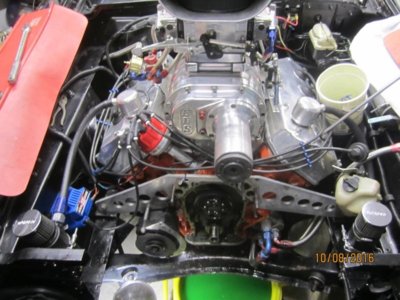
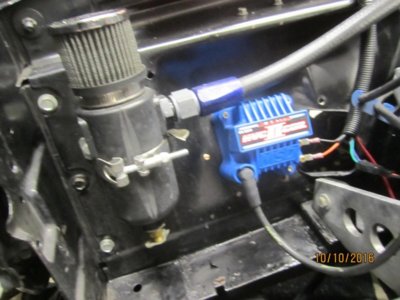
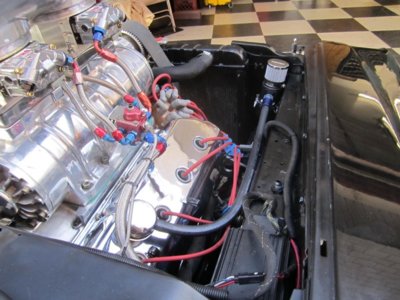
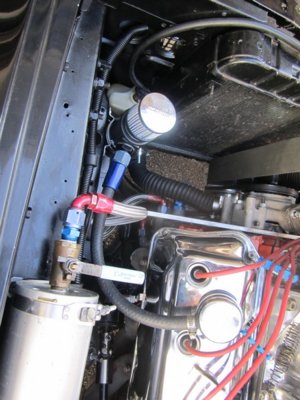
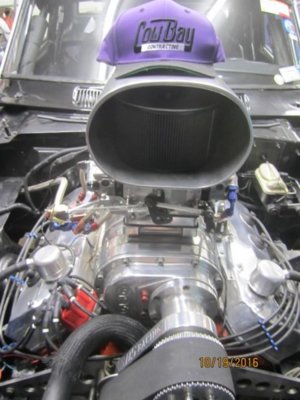
 M/E Wagner PCV valve can handle, and that means getting serious about the stroker build.
M/E Wagner PCV valve can handle, and that means getting serious about the stroker build.














